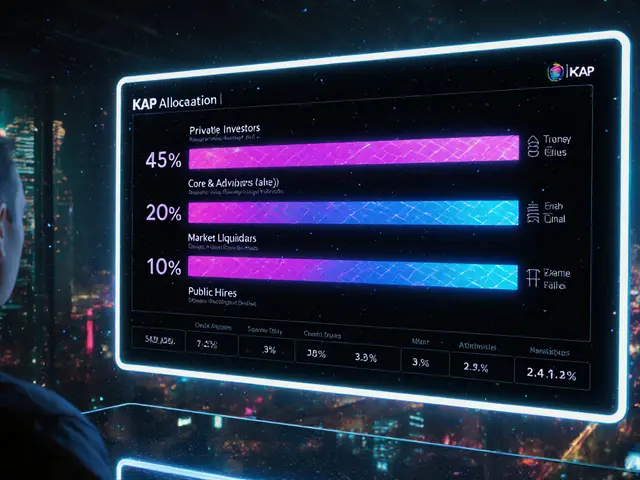
Crypto Exchange Comparison: Find the Best Platform for Your Trades
When working with crypto exchange comparison, the process of evaluating different cryptocurrency trading platforms based on features, fees, security, and liquidity. Also known as exchange benchmarking, it helps traders pick the right venue for buying, selling, or swapping digital assets. Think of it like shop‑around for a bank, but the stakes are higher because the market moves fast and every percent of fee counts.
Centralized exchange, a platform run by a single company that holds user funds and matches orders internally is the most familiar type. Most beginners start here because the UI feels like a traditional app, KYC is built‑in, and support is easy to reach. However, reliance on one entity means you trust them with custody and with how they set fees.
Decentralized exchange, a peer‑to‑peer protocol that lets users trade directly from their wallets without giving up custody flips the script. No middle‑man means more control, but you also need to understand gas costs, slippage, and smart‑contract risk. The choice between centralized and decentralized often comes down to how much you value convenience versus self‑sovereignty.
Key Factors to Compare When Choosing an Exchange
The first thing to look at is trading fees, the charges applied to each buy, sell, or swap transaction. Some platforms tout zero‑fee trading but hide costs in spreads or withdrawal fees. Others have tiered maker‑taker models that reward high‑volume traders. A quick fee calculator can turn a seemingly cheap exchange into an expensive one once you factor in real‑world volume.
Next up is exchange security, the set of technical and procedural measures that protect user funds from hacks, fraud, or insider theft. Look for things like two‑factor authentication, cold‑storage ratios, insurance coverage, and a history of audits. A well‑secured exchange builds trust, which directly influences user adoption and market depth.
Liquidity is the lifeblood of any market. Exchange liquidity, the total amount of assets available for immediate trade without causing large price moves determines how quickly you can enter or exit a position. High‑liquidity platforms usually have tighter spreads and less slippage, which is crucial for larger traders or those using automated strategies.
Beyond the big three, consider platform stability, API quality, and geographic availability. Some exchanges ban users from certain regions, while others offer localized fiat on‑ramps. If you plan to use bots, a robust WebSocket API and low‑latency order routing become critical factors.
Putting these pieces together forms a clear picture: crypto exchange comparison encompasses centralized and decentralized venues, requires deep dives into fees, and depends heavily on security and liquidity. The more you understand each attribute, the better you can match an exchange to your trading style.
Below you’ll find a curated list of articles that break down these topics in detail—reviews of specific platforms, step‑by‑step fee calculators, security checklists, and guides on navigating both CEXs and DEXs. Dive in to get the actionable insights you need before you lock in any funds.





